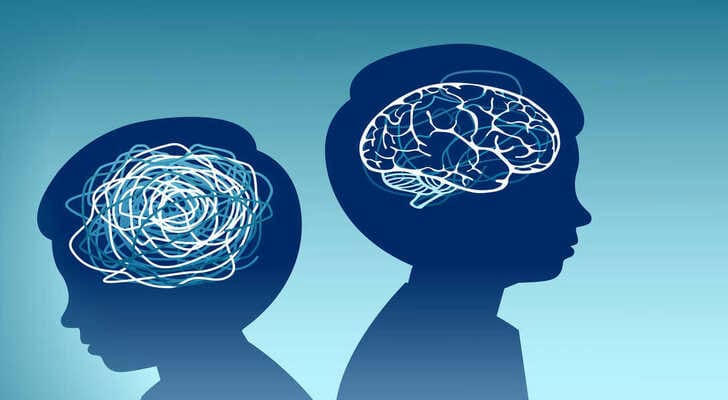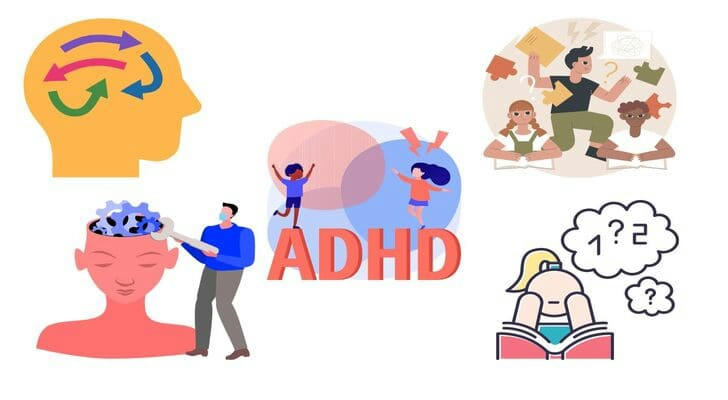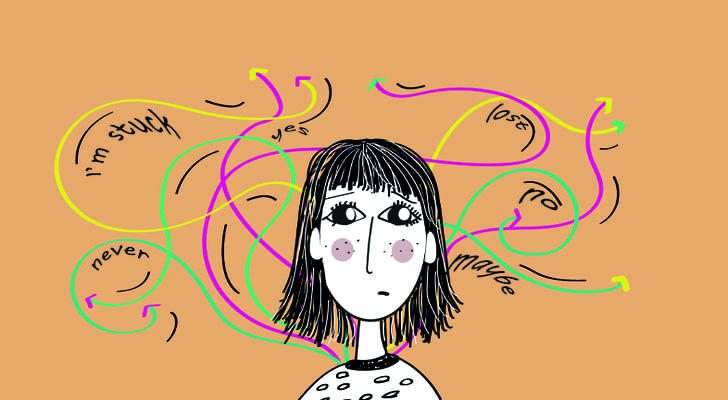Not Lazy, Not Bad, Just ADHD: A Misunderstood Journey of Growth
From the outside, it looked like carelessness: missed deadlines, messy notebooks, wandering attention. From the inside, it felt like chaos: a mind constantly racing, emotions on high alert, and a never-ending struggle to keep up with what seemed easy for others. This is the lived reality of many people with Attention Deficit Hyperactivity Disorder (ADHD)—a condition often mistaken for laziness, disobedience, or poor character, especially during formative years. But the truth is far more complex and deeply rooted in neurobiology, not moral failing.

Early Mislabels: When Behavior Is Misunderstood
In early childhood, signs of ADHD often manifest in ways that are easy to misread. Teachers may label a student disruptive for calling out in class. Parents may scold a child for forgetting chores. These actions are usually seen as intentional misbehavior rather than symptoms of a neurological disorder.
According to the Centers for Disease Control and Prevention (CDC), ADHD affects approximately 9.8% of children in the United States aged 3–17, yet many go undiagnosed until later in life. This delay often results in years of misinterpretation and emotional trauma. A study published in Pediatrics (2021) found that nearly 50% of children with ADHD experience significant academic impairment, but instead of being offered support, they are often punished or shamed.
Such responses do more harm than good. When children are constantly told they are lazy or difficult, these labels become internalized, fostering low self-esteem, anxiety, and even depression.
The Adolescent Struggle: Masking and Mental Fatigue
As children with ADHD enter adolescence, the challenges become more internalized. Teenagers may try to "mask" their symptoms to avoid social stigma—appearing calm while mentally struggling, or copying others’ behaviors to seem more organized.
This comes at a psychological cost. Research from the Journal of Adolescent Health shows that teens with ADHD are three times more likely to develop anxiety disorders compared to their neurotypical peers. Emotional dysregulation, difficulty with time management, and impulsivity can make academic and social environments feel overwhelming.
Despite these challenges, many adolescents with ADHD possess strong creativity, empathy, and problem-solving abilities—traits that are rarely nurtured in traditional educational settings focused on conformity and routine. Without proper support, these strengths often go unrecognized.
Diagnosis and Discovery: Reclaiming the Narrative
Receiving a diagnosis—whether in late teens or adulthood—can be transformative. It shifts the narrative from "what’s wrong with me?" to "how is my brain wired differently?" For many, it is a moment of relief and clarity.
Diagnostic rates have risen significantly in the past decade, with the National Survey of Children’s Health (2022) reporting a 42% increase in ADHD diagnoses over the last 20 years. While this has raised concerns about overdiagnosis, it also reflects a growing recognition of previously ignored symptoms, especially in girls and marginalized groups who are historically underdiagnosed.
Understanding the neurological basis of ADHD allows individuals to pursue strategies that align with how their brain functions—such as cognitive behavioral therapy (CBT), executive function coaching, and medication when appropriate. More importantly, it allows for self-compassion: the realization that the past struggles were not due to personal failure but a lack of understanding and support.

Navigating Adulthood: Strategies for Thriving, Not Just Surviving
Adults with ADHD often face challenges that are less about hyperactivity and more about executive dysfunction—difficulty prioritizing tasks, regulating emotions, and sustaining attention. These can impact everything from managing household responsibilities to maintaining relationships.
Yet with awareness and adaptation, many adults thrive. A 2020 study published in Psychiatry Research found that adults with ADHD who utilized structured support systems—such as digital reminders, task breakdowns, and accountability partners—reported 35% higher satisfaction in daily functioning compared to those without such tools.
Workplaces, too, are beginning to adapt. Neurodiversity programs and flexible work environments help employees with ADHD utilize their strengths—such as fast-paced problem-solving, creative thinking, and high resilience. The key lies in recognizing that productivity does not have a one-size-fits-all formula.
Breaking the Cycle of Misunderstanding
The damage of being labeled "lazy" or "bad" can linger for decades. But change is possible—both at the personal and societal level. Schools can implement individualized learning plans. Parents can be educated to spot signs early. Workplaces can provide inclusive structures.
Public education and awareness are essential. A 2023 meta-analysis published in Frontiers in Psychology emphasized that stigma reduction campaigns significantly improve attitudes toward ADHD, leading to more timely diagnoses and better outcomes.
People with ADHD are not broken—they simply process the world differently. When society learns to meet them where they are, instead of forcing them to conform, potential can finally be realized.

Conclusion
Growing up with ADHD is not a path marked by laziness or failure, but by perseverance in the face of misunderstanding. It is a journey of discovering tools, language, and self-worth in a world that often misreads the signals. The message is clear: ADHD is not a character flaw—it’s a different way of thinking, and with the right support, it can become a strength, not a sentence.
